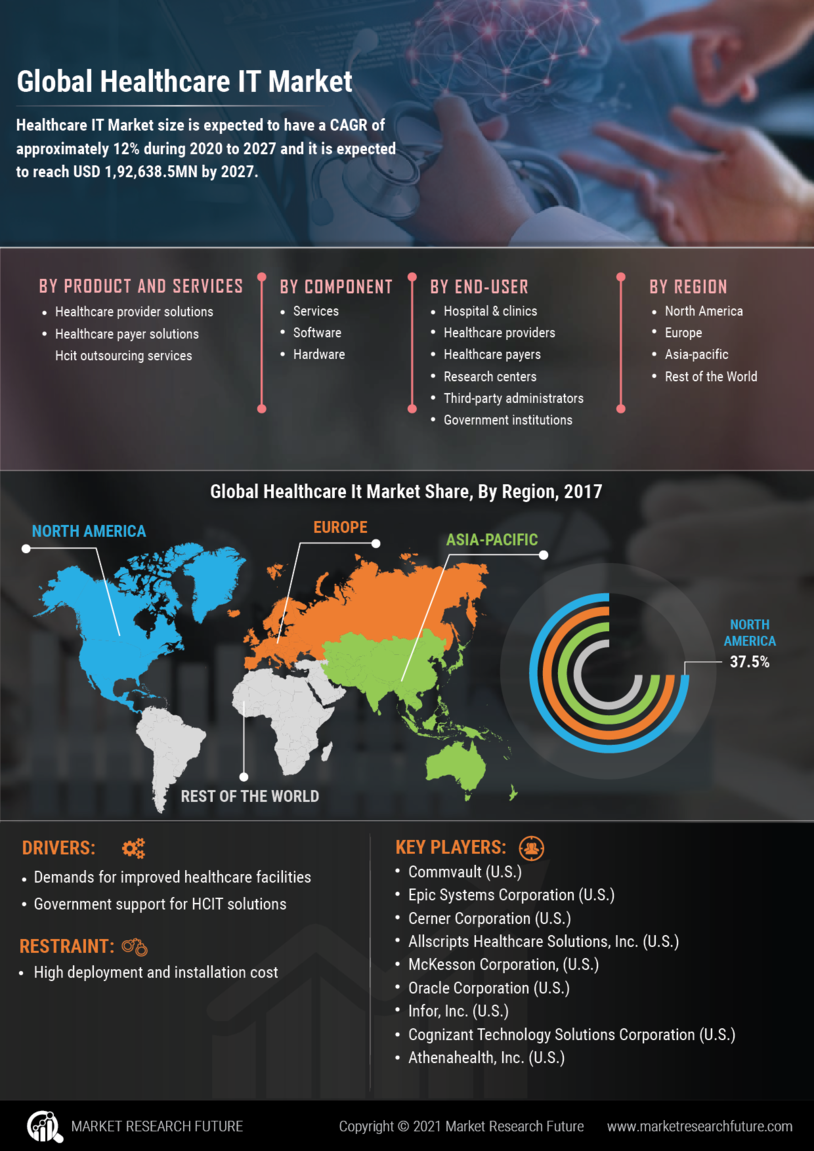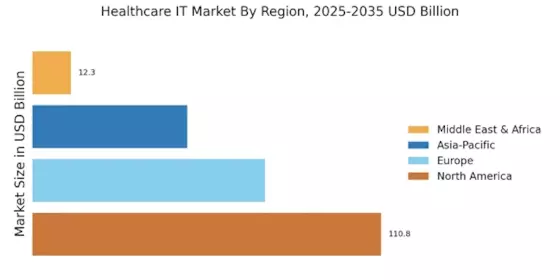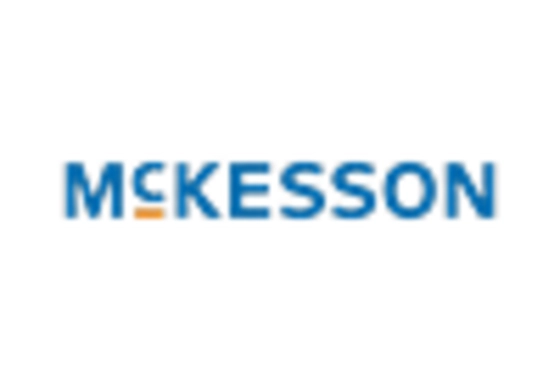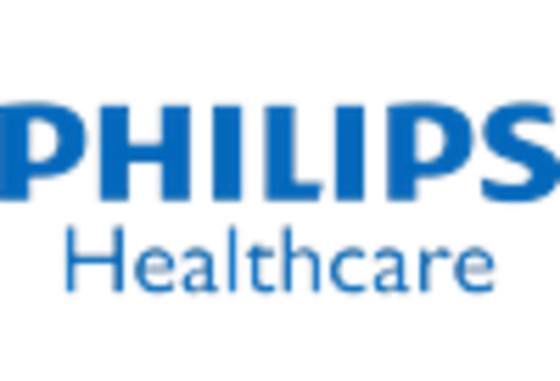Rising Cybersecurity Threats
The Healthcare IT Market is facing escalating cybersecurity threats, which are prompting healthcare organizations to prioritize data security measures. With the increasing digitization of health records and the adoption of connected devices, the risk of data breaches has become a pressing concern. Recent reports indicate that healthcare organizations are among the most targeted sectors for cyberattacks, leading to significant financial and reputational damage. In response, there is a growing emphasis on implementing robust cybersecurity frameworks and investing in advanced security technologies. This heightened focus on cybersecurity not only protects sensitive patient information but also drives growth in the Healthcare IT Market as organizations seek to safeguard their digital assets.
Regulatory Compliance and Standards
The Healthcare IT Market is significantly influenced by the need for regulatory compliance and adherence to industry standards. Governments and regulatory bodies are continuously updating policies to ensure the protection of patient data and the quality of healthcare services. For instance, regulations such as the Health Insurance Portability and Accountability Act (HIPAA) in the United States mandate strict data protection measures. As healthcare organizations strive to comply with these regulations, they are increasingly turning to IT solutions that facilitate compliance management. This trend not only enhances data security but also drives investment in Healthcare IT Market solutions that support regulatory adherence, thereby fostering growth in the sector.
Advancements in Health Data Analytics
The Healthcare IT Market is witnessing rapid advancements in health data analytics, which are transforming the way healthcare providers manage patient information. The ability to analyze vast amounts of health data enables providers to make informed decisions, improve patient outcomes, and optimize operational efficiency. Recent studies indicate that the health data analytics market is projected to grow at a compound annual growth rate of over 25% through 2025. This growth is largely attributed to the increasing adoption of electronic health records and the need for data-driven insights in clinical settings. Consequently, healthcare organizations are investing in advanced analytics tools, which is likely to further stimulate the Healthcare IT Market.
Increased Demand for Telehealth Services
The Healthcare IT Market is experiencing a notable surge in demand for telehealth services. This trend is driven by the growing need for accessible healthcare solutions, particularly in remote areas. According to recent data, telehealth utilization has increased significantly, with estimates suggesting that it could account for over 25% of all outpatient visits by 2025. This shift not only enhances patient access to care but also reduces the burden on healthcare facilities. As a result, healthcare providers are increasingly investing in telehealth technologies, which in turn propels the Healthcare IT Market forward. The integration of telehealth platforms with existing healthcare systems is likely to create new opportunities for innovation and efficiency in patient care.
Integration of Artificial Intelligence in Healthcare
The integration of artificial intelligence (AI) technologies into the Healthcare IT Market is reshaping the landscape of patient care and operational efficiency. AI applications, such as predictive analytics and machine learning, are being utilized to enhance diagnostic accuracy and streamline administrative processes. Recent forecasts suggest that the AI in healthcare market could reach a valuation of over 36 billion dollars by 2025. This rapid growth is indicative of the increasing recognition of AI's potential to improve patient outcomes and reduce costs. As healthcare providers adopt AI-driven solutions, the Healthcare IT Market is likely to experience substantial growth, driven by innovation and enhanced service delivery.


















Leave a Comment